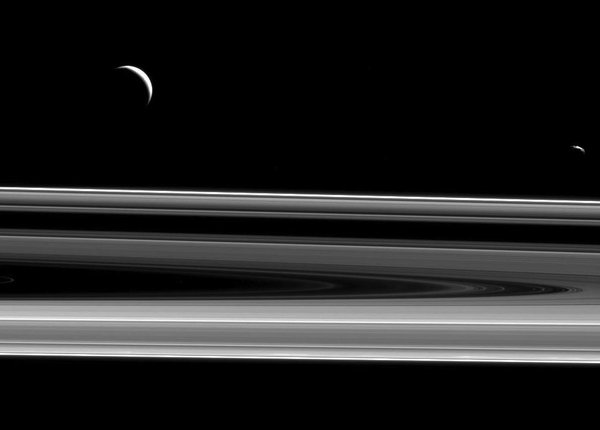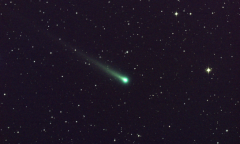By KSalugsugan, | March 29, 2016

A geyser is a spring characterized by intermittent discharge of water ejected turbulently and accompanied by steam.
Geysers' discovery has been the result of the study of the satellites and rings of Saturn, which looks into the geysers found on the moon Enceladus.
Astronomers since the 17th century have been trying to find out the age of the moons of Saturn, along with a long-standing belief that they are as old as the other bodies of the solar system, more or less around 4.5 billion years.
Like Us on Facebook
The geysers' new discovery, as explained in The Astrophysical Journal has now put into question such old concept. The new findings reveal that the giant planet's moon may have likely been formed 100 million years ago, or 130 million years when the dinosaurs first inhabited the earth, according to a report from Arcxiv.
Based on the study conducted by Matija Cuk, chief investigator of the SETI Institute, the moons are constantly changing their orbits, a movement which may give an insight into their history and age. However, it also lets them use computer simulations to get the history of the inner moons.
The premise is that the energy that powers the ice geysers comes directly from tidal interactions. Since the geothermal activity level of Enceladus does not change, the planetary tides are kept strong.
The findings also indicated that Enceladus can be moved by the little amount shown by the computer simulations in just about 100 million years. This will hold the formation of the major moons of Saturn, except the far off iapetus and Titan, to the comparatively recent period of the Cretaceous, or the dinosaur age.
Moreover, the recent discovery of the inner moons of Saturn is based on the assumption that the planet has kept the same moon before, although the orbits have been shaken by a separate form of orbital resonance which involved the movement of the planet around the sun.
With its composite system of 62 moons other than its rings, Saturn proves to be the busiest among the other planetary systems in the solar system. Its well-known and largest moon Titan is placed in a distinct hydrocarbon sea, Space reported.
Once the findings about the Geysers are proven right, Saturn's bright rings will disprove the assumptions that they are ancient, and that they are actually younger compared to the early days of the dinosaurs.
-
Use of Coronavirus Pandemic Drones Raises Privacy Concerns: Drones Spread Fear, Local Officials Say

-
Coronavirus Hampers The Delivery Of Lockheed Martin F-35 Stealth Fighters For 2020

-
Instagram Speeds Up Plans to Add Account Memorialization Feature Due to COVID-19 Deaths

-
NASA: Perseverance Plans to Bring 'Mars Rock' to Earth in 2031

-
600 Dead And 3,000 In The Hospital as Iranians Believed Drinking High-Concentrations of Alcohol Can Cure The Coronavirus

-
600 Dead And 3,000 In The Hospital as Iranians Believed Drinking High-Concentrations of Alcohol Can Cure The Coronavirus

-
COVID-19: Doctors, Nurses Use Virtual Reality to Learn New Skills in Treating Coronavirus Patients











